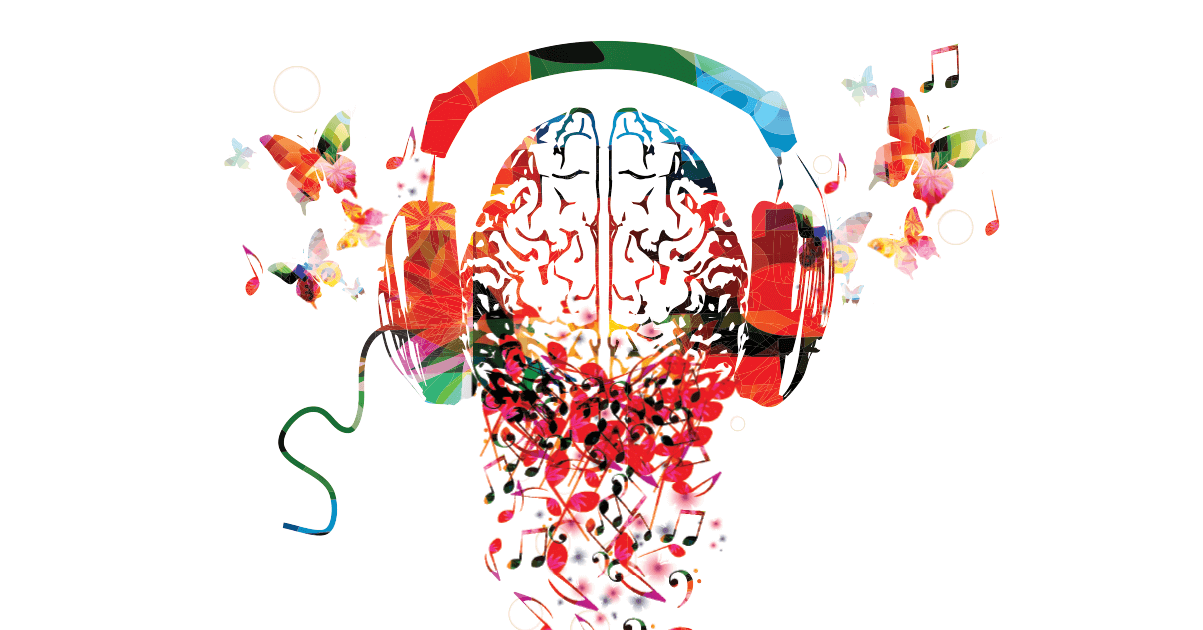June 3, 2020
Brain Stimulation Tips to Combat Cognitive Decline

The human brain changes continuously over the lifespan rather than being static, as was once thought. Learning alters brain structure, and neurons grow in response to social and mental stimuli. Lack of stimulation will cause the brain to atrophy. As might be expected, brain stimulation protects against Alzheimer’s and cognitive decline, while a lack of stimulation increases risk.
Fortunately, stimulation can heal and strengthen the brain after cognitive decline from neurological diseases, such as Alzheimer’s disease, or traumatic brain injury. Thus, leading a life with social connection, purpose, and brain stimulation, protects, and restores brain health. In his book The End of Alzheimer’s Program, Dr. Dale Bredesen provides beneficial ways to stimulate the brain to prevent cognitive decline. Here are four simple ways to do so:
Stay socially connected.
Social interaction is equally important as our dietary habits, physical exercise, and sleep quality are for the prevention of neurodegeneration. Research indicates that social connection is linked to maximized longevity, dementia prevention, and decreased feelings of isolation. Not all social interaction is equal. As people increasingly depend upon social media for connection, face-to-face interaction becomes more valuable to prevent cognitive decline.
Ideally, meeting in person, rather than virtually, helps reduce stress levels by lowering cortisol and releasing the neuropeptide oxytocin, “love hormone,” which plays a powerful role in social bonding. During this period of social distancing, many are turning to videoconferencing for social connection, which can still foster a similar feeling of connection. Even better, new research shows that virtual meetings are around 80% effective at releasing oxytocin to promote closeness.
As they age, many older adults are staying independent longer by living communally with friends. This provides an opportunity to pool resources and skills while yielding optimal social and emotional benefits.
Never stop learning.
Individuals with more education are at a reduced risk of developing dementia. Research shows that cognitive reserve, built up over a lifetime of education and curiosity, protects the brain from cognitive decline in aging. No worries if you were deprived of the opportunity to take part in higher education while young; retirement is a wonderful time to enroll in college classes, audit a course, or participate in any continuing education program to nurture your interests. It’s important to build a growth mindset as you age.
The range of protective activities is vast. Learning a foreign language later in life can delay the onset of cognitive decline and provide increased neurological protection. Playing an instrument stimulates the brain, improves memory, increases processing speed and verbal fluency, and diminishes the probability of developing dementia. Puzzles, such as sudoku and crosswords, can also raise brain functioning.
Listen to music.
There are proven cognitive benefits to listening to music. Recent research demonstrates that music stimulates deep neural connections that activate multiple areas of the brain, resulting in significantly higher functional connectivity. Listening to familiar music has been shown to revive forgotten memories in older adults by evoking feelings corresponding to prior experiences. The activity reduces cortisol levels as well as raises estrogen and testosterone levels.
Classical music is particularly beneficial for neuroprotection, positively influencing gene expression profiles and enhancing gene activity pertaining to dopamine secretion and transport, synaptic function, learning, and memory.
Dance the night away.
Dancing, or precisely, learning synchronized dances with a partner, can generate cognitive benefits. Engaging in formal dance with a partner combines physical exercise with cognitive elements like memorization of steps, interpersonal communication (responding to your partner’s cues), and individualized artistic expressions. Combining multiple physical and cognitive elements through dance promotes new neural pathways, expanding neural connectivity and leading to increased neuroplasticity.
In a recent study, seniors who participated in a dance intervention for six months demonstrated volume increases in numerous brain regions and an increase in brain-derived neurotrophic factor (BDNF), “fertilizer for the brain.” Another study, using a 48-week, twice-weekly challenging dance intervention, showed an improvement in an array of cognitive assessments.
Ready to protect your brain health? Pick up one of these new habits and “upsize” your brain today.




